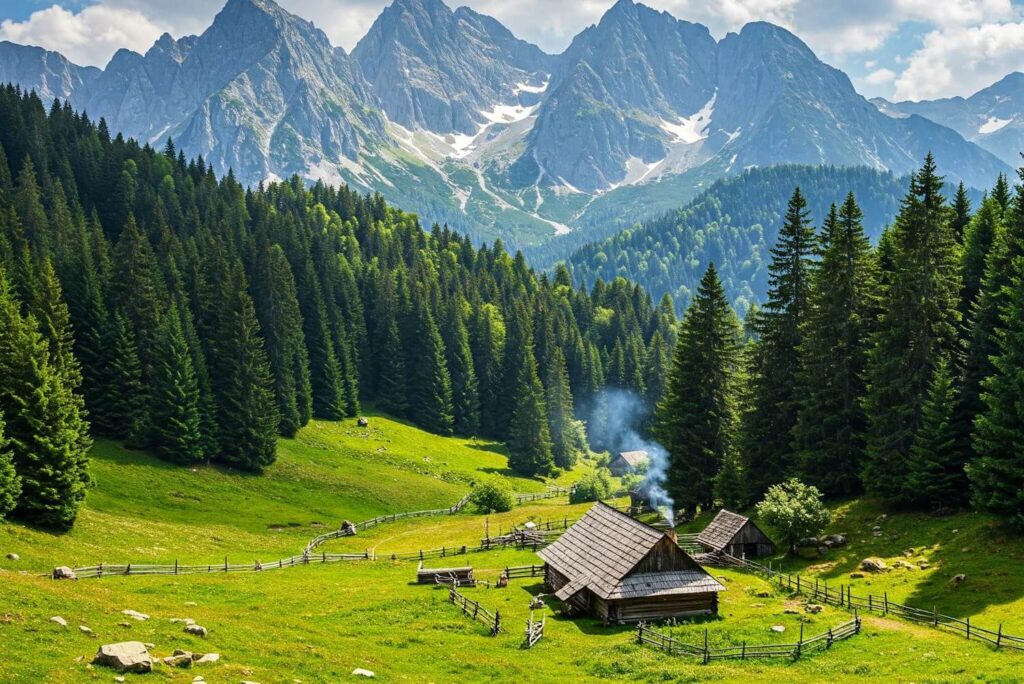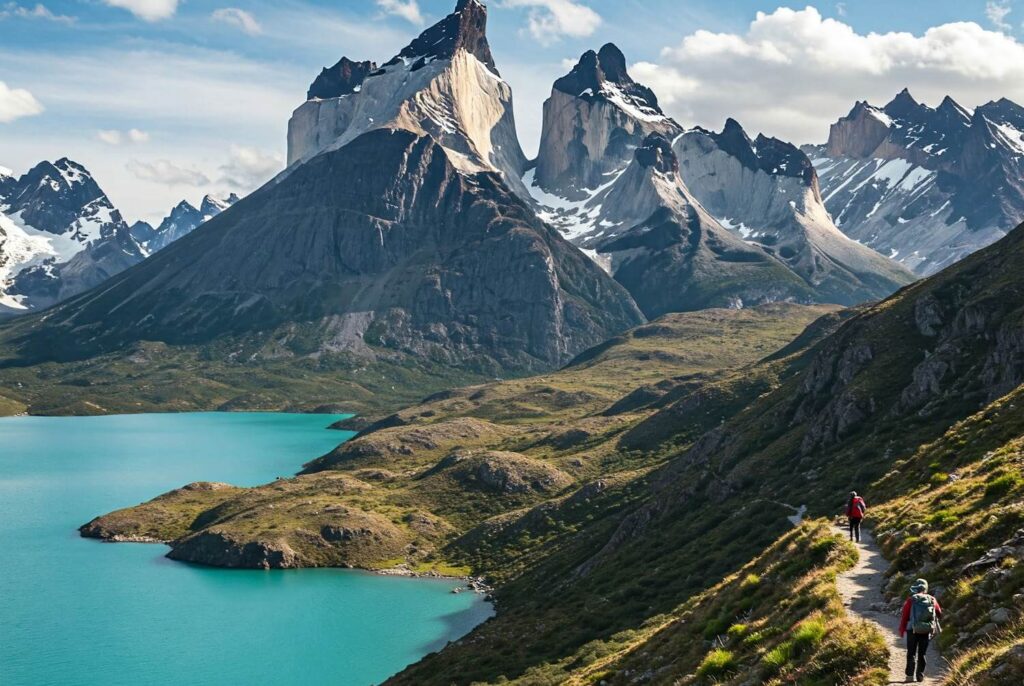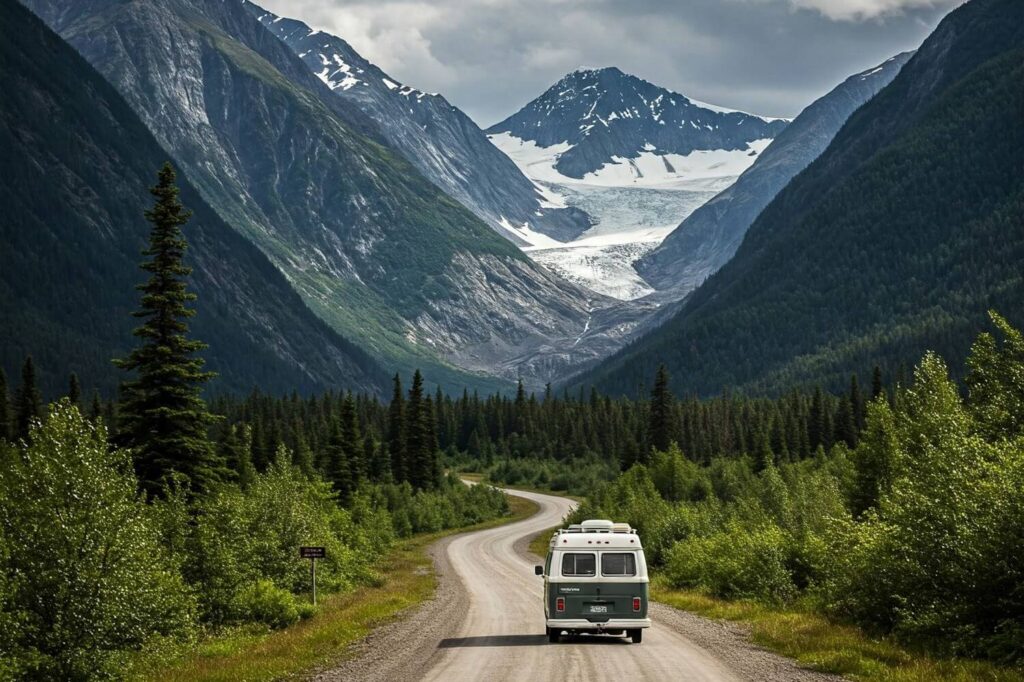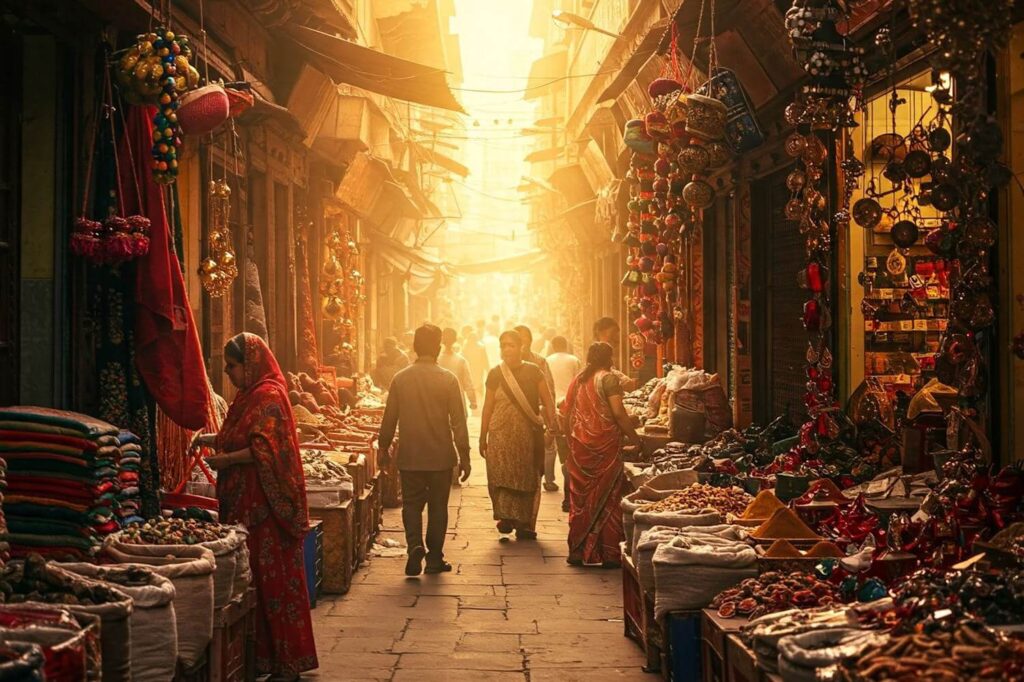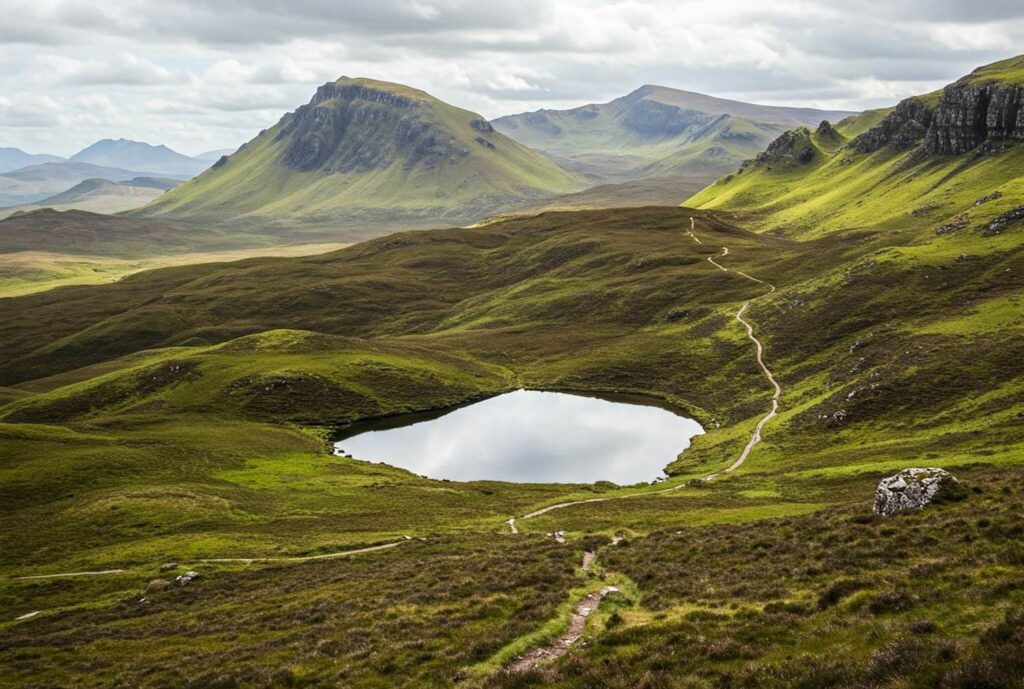Introduction to the Carpathian Mountains
The Carpathian Mountains are a prominent mountain range that stretches across Central and Eastern Europe, forming an arc that spans approximately 1,500 kilometers. They are predominantly found in countries such as Poland, Slovakia, Ukraine, Romania, and a small section in the Czech Republic and Serbia. This geographic diversity makes the Carpathians not only vast but also a significant natural feature that influences the climate and ecology of the surrounding regions.
Characterized by their impressive peaks, deep valleys, and diverse landscapes, the Carpathians boast some of the highest mountains in Eastern Europe, including Gerlachovský štít in Slovakia, which reaches an elevation of 2,655 meters. The range also encompasses a variety of geographical formations, from rugged summits and rolling hills to expansive plains, creating a stunning backdrop for outdoor activities and leisure pursuits. The varying altitudes contribute to a range of climates, fostering rich biodiversity that is essential for both flora and fauna.
The significance of the Carpathians goes beyond their natural beauty; they are home to numerous wildlife species, some of which are rare and endangered. The mountains provide habitats for brown bears, wolves, and lynxes, among others, highlighting their importance as a haven for biodiversity. Additionally, the Carpathian region is rich in cultural heritage, with numerous traditional villages and historical sites that reflect the diverse influences of the various nations they traverse.
This range is often referred to as a hidden gem, as it remains relatively unexplored compared to other mountain ranges in Europe. The combination of stunning landscapes, ecological importance, and cultural heritage makes the Carpathian Mountains an alluring destination for nature lovers and adventurers alike.
Geography and Climate: What to Expect
The Carpathian Mountains, a prominent mountain range in Eastern Europe, stretch across several countries, including Poland, Slovakia, Ukraine, Romania, and Hungary. This region is characterized by its diverse topography, which consists of numerous ranges, peaks, and valleys. The Carpathians are divided into three primary sections: the Western Carpathians, the Eastern Carpathians, and the Southern Carpathians. Each section showcases distinct geographical features that contribute to the allure of this mountainous region.
The Western Carpathians feature towering peaks, such as the Tatra Mountains, reaching heights of over 2,600 meters. This area is known for its intricate system of valleys and glacial lakes, which are stunning natural attractions for visitors. Central to the Eastern Carpathians is the Gîrla Mare Peak in Romania, which stands at a height of 2,291 meters, showcasing the varied landscapes found throughout the range. Meanwhile, the Southern Carpathians offer the picturesque Făgăraș Mountains, home to some of the highest peaks in Romania, providing excellent opportunities for hiking, climbing, and winter sports.
The climate of the Carpathian Mountains varies significantly due to the geographical diversity and elevation. Generally, the region experiences a temperate continental climate with distinct seasonal variations. Winters can be cold and snowy, making it an ideal destination for winter sports enthusiasts. Summers are typically mild and pleasant, allowing for hiking, biking, and exploring the lush greenery that blankets the mountains. Spring and autumn present captivating landscapes adorned with blooming flowers and vibrant fall foliage, making each season unique in its own right.
Understanding the geography and climate of the Carpathian Mountains is essential for travelers planning their explorations. The variations across the ranges not only influence the scenery but also determine the best times for outdoor activities, ensuring that visitors can fully immerse themselves in the beauty and adventures this hidden gem has to offer.
Flora and Fauna: The Biodiversity of the Carpathians
The Carpathian Mountains, spanning across several countries in Eastern Europe, are renowned for their remarkable biodiversity. This mountain range boasts an extensive variety of ecosystems, including forests, alpine meadows, and wetlands, which collectively create unique habitats for a multitude of species. The diverse geography and climatic conditions contribute to the rich tapestry of flora and fauna that can be found here.
One of the standout features of the Carpathians is their dense forests, primarily composed of beech, fir, and spruce trees. These forests serve as vital habitats for numerous wildlife species, including large mammals such as brown bears, wolves, and lynxes, which are emblematic of this region. Additionally, smaller mammals, birds, and insects thrive in these woodlands, making them integral to the overall ecology. The rich undergrowth supports a variety of fungi and mosses, further enhancing the biodiversity.
The Carpathians are also home to numerous endemic plant species, many of which are not found anywhere else in the world. The preservation of these unique species is crucial, as they are often indicators of the overall health of the environment. Furthermore, alpine meadows in the higher elevations offer a stunning display of wildflowers during the summer months, providing vital resources for pollinators like bees and butterflies.
Conservation efforts are essential to maintaining this extraordinary biodiversity. Protecting the habitats and the myriad of species that call the Carpathians home ensures that this natural treasure remains a vibrant ecosystem. For nature lovers and ecologists alike, the Carpathian Mountains represent both a paradise and a critical area for ongoing environmental studies and preservation initiatives. Witnessing the harmony between its flora and fauna reinforces the ecological significance of this stunning mountain range.
Cultural Heritage: The People of the Carpathians
The Carpathian Mountains are not only a natural marvel but also a cradle of rich cultural heritage, deeply ingrained in the local communities. The region is home to diverse ethnic groups, each contributing unique traditions and customs. Among the most prominent are the Romanians, Ukrainians, and Slovaks, who coexist in a tapestry of cultural expressions shaped by their historical backgrounds and geographical context. The varied landscapes of the Carpathians have influenced the lifestyles of these communities, with each group adapting its customs and practices to the distinctive environments.
Local traditions are often reflected in annual festivals, showcasing music, dance, and artisanal crafts that embody the spirit of the Carpathians. Folk festivals, such as the “Transylvanian Tourism Festival,” attract both locals and international visitors, highlighting traditional music, dance, and gastronomy. These events foster community spirit and allow tourists to immerse themselves in regional culture. Meanwhile, languages spoken in the Carpathians, including Romanian, Ukrainian, and Hungarian, offer insight into the region’s complex history and the various influences that have shaped its identity.
The historical influences on the Carpathian people extend beyond the last century. The region has been a crossroads for various civilizations, including the Roman Empire and the Austro-Hungarian Empire, infusing traditional practices with external influences. Local architecture showcases this mélange of cultures, with wooden churches, fortified towns, and ancient castles dotting the landscape. Each structure tells a story of the past, serving as a testament to the resilience and adaptability of the Carpathian people.
In conclusion, the cultural heritage of the Carpathians is a vibrant testament to the region’s history, showcasing the diversity of its people, their traditions, and the languages they speak. This rich cultural tapestry enhances the travel experience for those who venture into these mountains, inviting exploration and appreciation of its unique local customs.
Outdoor Activities: Adventure Awaits
The Carpathian Mountains, a stunning range that stretches across Eastern Europe, present an abundance of outdoor activities for adventurers and nature enthusiasts alike. With their diverse landscapes, ranging from thick forests to breathtaking peaks, visitors can indulge in a wide array of recreational pursuits. Hiking stands out as one of the most popular activities, with trails suitable for all skill levels. Beginners can explore well-marked paths like the trail to the picturesque Omu Peak, while seasoned hikers may prefer the challenging climbs of the Făgăraș Mountains.
In addition to hiking, skiing is a favored winter pastime in the Carpathians. Ski resorts such as Poiana Brașov and Bukovel offer excellent slopes, catering to both novice and experienced skiers. These venues provide a perfect combination of thrilling runs and stunning scenery, making them ideal for a winter getaway. Skiing in this region not only allows one to enjoy the fast-paced sport but also to appreciate the tranquil beauty of snow-covered vistas.
For those seeking an adrenaline rush, mountain biking in the Carpathian Mountains is an exhilarating experience. Numerous trails wind through the hills, providing varying degrees of difficulty. The trails around Vatra Dornei, for instance, are renowned for their thrilling descents and technical challenges. The beautiful landscapes and fresh mountain air contribute to an unforgettable biking experience for both amateurs and seasoned cyclists.
Moreover, the Carpathians host various other activities, such as rock climbing, paragliding, and wildlife watching, making it a versatile destination for outdoor enthusiasts. With its rich natural environment, the Carpathian Mountains invite exploration and adventure, ensuring that visitors can engage in memorable experiences and discover their hidden treasures.
Travel Tips: Planning Your Visit
Planning a trip to the Carpathian Mountains requires careful thought and preparation to ensure an enjoyable experience. The first step is determining the best way to access this stunning region. The Carpathians span several countries, including Romania, Ukraine, and Poland. The most common points of entry are through major cities such as Bucharest, Lviv, and Kraków, which are well-connected by air and road. From these cities, consider using trains or buses to reach your desired destination in the mountains, as they offer a scenic route enhanced by the breathtaking landscapes.
Accommodation options in the Carpathian Mountains cater to a diverse range of budgets and preferences. Travelers can choose from luxurious hotels, cozy guesthouses, or traditional mountain lodges. In popular areas such as Brașov or Sinaia, pre-booking accommodations can secure the best rates and availability, especially during peak seasons. For those seeking an immersive experience, consider staying in rural homestays, where you can engage with local culture and cuisine.
The timing of your visit is crucial for optimizing your experience in the Carpathians. The summer months of June to August are ideal for hiking, as the weather is generally mild and the flora is blooming. Conversely, if skiing or winter sports are your primary interests, plan your trip between December and March, when snowfall is abundant. Each season offers unique activities — from vibrant autumn colors to serene winter landscapes — enhancing the natural beauty of the region.
Lastly, packing appropriately is key to your comfort and safety. Essentials include sturdy hiking boots for navigation through diverse terrains, layered clothing to adapt to changing weather conditions, and a reliable backpack for day excursions. Additionally, don’t forget items like a reusable water bottle, a first aid kit, and portable snacks to keep your energy up during outdoor adventures. Being well-prepared will greatly enhance your travels in this magnificent mountain range.
Local Cuisine: A Taste of the Carpathians
The Carpathian Mountains, renowned for their breathtaking landscapes, offer a rich tapestry of culinary traditions that reflect the diverse cultures inhabiting the region. Local cuisine in the Carpathians is deeply rooted in history and geography, utilizing the abundant natural resources of the mountains, forests, and rivers. The flavors of this region are a delightful blend of hearty, rustic dishes often made from locally sourced ingredients, presenting an authentic culinary experience that travelers should not miss.
Traditional Carpathian dishes typically feature ingredients such as potatoes, cabbage, and various meats, showcasing the region’s agricultural bounty. One particularly popular dish is “mămăligă,” a cornmeal porridge that serves as a staple side or base for other preparations. Often accompanied by sour cream and cheese, it exemplifies the comforting nature of Carpathian cuisine. Moreover, “sarmale,” or cabbage rolls, stuffed with rice and meat, highlight the influence of neighboring cultures while offering a taste of homemade nostalgia. These traditional foods are frequently prepared during festive gatherings, underscoring the importance of community and family within Carpathian society.
Another distinguishing feature of Carpathian gastronomy is the use of wild herbs, mushrooms, and berries foraged in the surrounding forests, enhancing the flavors of various dishes. The region is also known for its unique dairy products, including artisanal cheeses and smoked meats, which reflect the dedication of local farmers in preserving age-old culinary techniques. Travelers can immerse themselves in this food culture by visiting local markets, where they can interact with vendors, sample fresh produce, and learn about authentic recipes.
In essence, the culinary traditions of the Carpathian Mountains are an integral part of the travel experience, inviting visitors to savor the unique flavors and appreciate the rich cultural heritage embedded in each dish. Exploring local cuisine not only delights the palate but also fosters a deeper connection to the landscapes and communities of this hidden gem in Eastern Europe.
Hidden Gems: Off the Beaten Path Locations
The Carpathian Mountains, often celebrated for their dramatic peaks and rich biodiversity, also possess a treasure trove of lesser-known attractions that cater to the adventurous traveler. While popular destinations such as Zakopane or the ski resorts in Poiana Brașov attract numerous visitors, the mountains harbor hidden gems that offer unique experiences and breathtaking scenery away from the bustling crowds.
A prime example is the remote village of Sirnea, located near the Piatra Craiului National Park. This picturesque settlement, known for its traditional wooden architecture and stunning panoramic views, is often overlooked by tourists. Visitors can immerse themselves in the local culture, experience authentic rural life, and witness the majestic landscape characterized by rolling hills and towering cliff faces. Hiking trails in the surrounding area lead to the stunning ridges of the Piatra Craiului, providing captivating views that rival more popular spots.
Another hidden gem is the Boia Mare Nature Reserve, located within the Apuseni Mountains. This secluded locale is home to rare flora and fauna, making it an ideal destination for nature enthusiasts and bird watchers. The reserve’s serene atmosphere and undisturbed beauty allow for a peaceful retreat, where visitors can connect with nature. Hidden waterfalls and crystal-clear streams can be found along the hiking trails, inviting exploration and intimate encounters with the natural world.
Additionally, the charming town of Bâlea Lake offers a stunning glacial lake encircled by towering peaks, providing a tranquil spot for leisure activities such as kayaking or simply admiring the striking surroundings. Whether it is through the enchanting forests or amidst the towering summits, the Carpathian Mountains promise an array of lesser-known attractions that enhance the overall travel experience, encouraging a deeper appreciation for this captivating region.
Conclusion: The Carpathians Await
In conclusion, the Carpathian Mountains stand as a remarkable travel destination, offering a unique blend of natural beauty, cultural richness, and adventure. Tucked away in Eastern Europe, this majestic range is often overshadowed by more popular tourist hotspots, making it a hidden gem for those seeking authentic experiences. From the lush forests and diverse wildlife to the charming villages filled with local traditions, the Carpathians provide a breathtaking backdrop for travelers looking to immerse themselves in nature.
The allure of the Carpathians lies not only in their stunning landscapes but also in the myriad of activities that await visitors. Whether you are an avid hiker yearning to conquer challenging trails, a winter sports enthusiast eager to hit the slopes, or simply someone who wishes to explore picturesque towns rich in history, the Carpathians cater to all types of adventurers. The region also boasts a wealth of folklore and culinary delights that enhance the cultural experience, allowing for a deeper connection with the local heritage.

